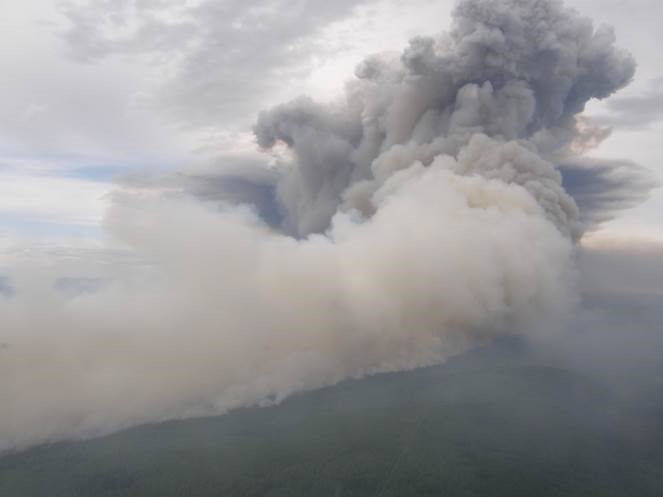 The BIA fire program, as part of the Natural Resources department, provides direct and indirect services for native allotment owners (allottees.) These services include but are not limited to:
The BIA fire program, as part of the Natural Resources department, provides direct and indirect services for native allotment owners (allottees.) These services include but are not limited to:
Management response to wildland fire (Fire Suppression): The BIA FMO recommends management response to wildland fires that may threaten Alaska Native Allotments, Alaska Native Townsites as well as the many Alaska Native Villages. The primary fire suppression agencies are the BLM Alaska Fire Service, U.S. Forest Service and the State of Alaska. They work with the interagency group in Alaska known as the Alaska Wildland Fire Coordinating Group (AWFCG).
Wildland Fire Fuels Management: The following video describes the opportunities for Tribes to mitigate wildfire risk by managing wildfire fuels in and around their communities with BIA funding. This was presented at the 2020 Providers' Conference. If you are interested or having any questions about opportunities to mitigate wildfire risk in your community with fuels management projects, please contact us.
When wildland firefighters refer to “fuels”, we’re talking about fuels for wildfires. Much of Alaska is naturally prone to wildfires. The BIA's Fuels Program exists to mitigate the risk of wildfires negatively impacting the things we care about. Federally recognized Tribes in Alaska are eligible to receive funding through the BIA Alaska Region to manage hazardous wildland fire fuels on Trust lands (i.e., Native allotments and townsites) through the Hazardous Fuels Reduction (HFR) program and on non-Trust lands (i.e., private including ANCSA, state, federal lands) through the Reserved Treaty Rights Lands (RTRL) program. This flexible public funding for wildfire risk mitigation through fuels management presents us with an expanding opportunity to protect our communities and resources thoughtfully.
Given the proximity of non-Trust lands to Trust lands across much of Alaska, the RTRL program offers flexibility for Tribes to manage fuels on their ancestral lands, regardless of current ownership. Funding is available for personnel, equipment, and supplies needed to develop, implement, and monitor fuels management projects.
Workforce Development and Training: Opportunities for career development, student internships and wildfire training are available to Tribes and Tribal members to help build capacity in Tribes and Tribal Organization as well as recruit for BIA positions.
Our fire professional are available to offer consultation or assistance for any fire related matter that is of concern to allottees.
The primary website for information on wildfire activity and weather can be found at the website: Alaska Interagency Coordination Center (AICC)
The Alaska Wildland Fire Coordinating Group are agencies and organizations with wildland fire responsibilities or delegated authorities in wildland fire management. AWFCG provides leadership and coordinated and implement current policies, directives and standards for wildland fire at all levels. To find out more about what this interagency group does, Alaska Wildland Fire Coordinating Group.
At the National level you can find information on website for the National Interagency Fire Center (NIFC)
BIA National Wildland Fire program website
Contact Information: If you have any questions about BIA's wildland fire management responsibilities or fuels management opportunities in Alaska, please contact the Fire Management Officer at (907) 456-0221 or the Fuels Management Specialist at (907) 456-0291.


